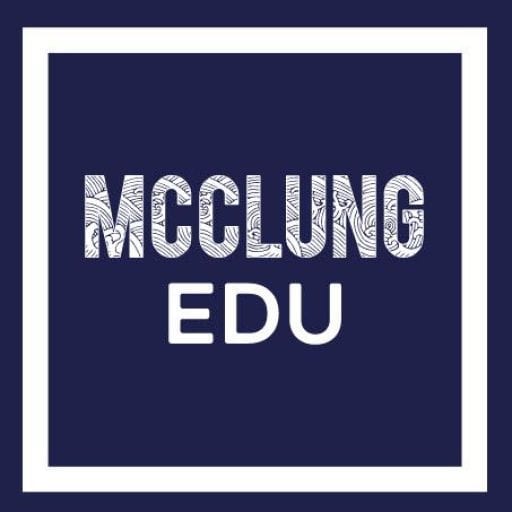 Excellent example of objective writing…pulled from Diary of a Fifth Grade Teacher.
Excellent example of objective writing…pulled from Diary of a Fifth Grade Teacher.
What’s the Point?
Personally, as a teacher I always struggled with lesson planning. Not that my lessons weren’t well thought out and aligned with the curriculum, but I never enjoyed trying to make my lessons fit into a template. When I was in college we were asked to use a method of lesson planning known as pathwise…which I hated more than anything at the time period. Our professors would require us to write a unit plan that would usually average around 8-10 pages in length. I found these to be very cumbersome and the end never justified the means. After having this experience I never felt the need to go into great detail in my written plans.
Now that I am older, and presumably wiser, I now understand that my hatred at lesson planning was displaced due to the fact that I learned how to write plans in a very unnecessary manner…I didn’t fully understand the point of writing up lesson plans at the time. The one thing that made me totally change my way of thinking towards this issue was moving justification of lesson planning to being student centered and not evaluator centered. For so many years I viewed lesson planning as tool to display my competency to my evaluator rather than a tool that guides the learning of my students…and it should be viewed as the latter.
For an upcoming professional development session I was asked to guide a session on lesson planning and how to shift the mind set. So I decided to take some time to reflect upon my own personal experiences and share some information that I found on writing lesson plans, and more specifically, objective writing.
Best Intentions
Writing objectives is typically a compliance issue. Many educators look at objective writing as a way to show that they are meeting their state standards and fulfilling the requirements of their district. Objective writing should never just be done just because an administrator tells someone that they need to do so. These items are written for the students and provide a logical pathway for the teacher to guide their instruction. I realize that this sounds a bit idealistic, but if it’s not being written for students to understand then why are we wasting our time? While someone may have good intentions when they write that objective on the board and slap a state standard beside it, we cannot assume that just because it’s on the board that students will automatically pay attention to it or fully understand. One thing that makes objective writing a meaningful practice is how often a teacher uses it in a given lesson. A objective should be referred to throughout a lesson and is not exclusive to being used in the opening of a lesson…plus it helps teachers remain their focus as to what the desired outcome should be.
Keep It Simple
When writing objectives to lessons, there is no need to be long winded and use vocabulary that has a high degree of difficulty. If objectives are meant to frame the lesson and meant to be communicated with the students then keep it in kid friendly terms. Use vocabulary that is common for your classroom and make sure to check for comprehension with your students. In addition, objectives do not have to be complicated in nature. A great objective is able to identify three things: what are we doing? why are we doing it? and how am I going to use it? These three questions can be consolidated into one statement, they can be bullet-pointed, or they can be spread throughout the lesson. If you are able to include this in your lessons then you have identified the lesson to the students, given the rationale, and provided a means for assessment. Lesson framed. This approach provides such a simplistic structure to a lesson without involving the painstaking steps that are involved with more complicated templates of lesson planing.
Give the Students Ownership
An effective approach to using objectives in your class is to give ownership to your students. Remember, the goal is to keep it simple and kid friendly because they are the audience. In the May 2011 edition of Educational Leadership, Robert Marzano outlines two effective approaches to objective writing that gives students ownership of their learning. The first is giving them the opportunity to translate the objective into their own words. Providing the opportunity to clarify the given objective helps clarify for students what the teacher expects them to know. Also Marzano points out that a lesson is not limited to only one objective. A great way to differentiate instruction is to provide objectives of varying levels of thinking. A student may not always obtain the high level objective but by providing students with lower level objectives you are ensuring that a certain amount of success is obtained by the student. The idea is that this approach will provide students with the scaffolding necessary to reach the high levels of thinking that are desired at the end of a lesson.
Mr. McClung




Wow, thanks so much for your advice on writing lesson plans. As a future teacher, learning how to create objectives that are measurable yet to the point can be confusing, but your advice is very simple, and helped me out a lot!